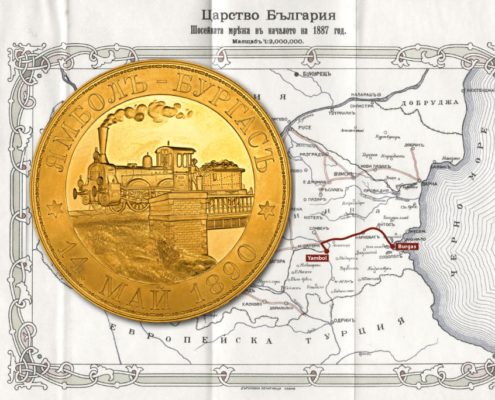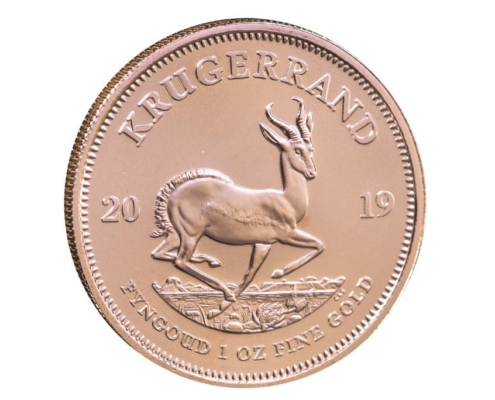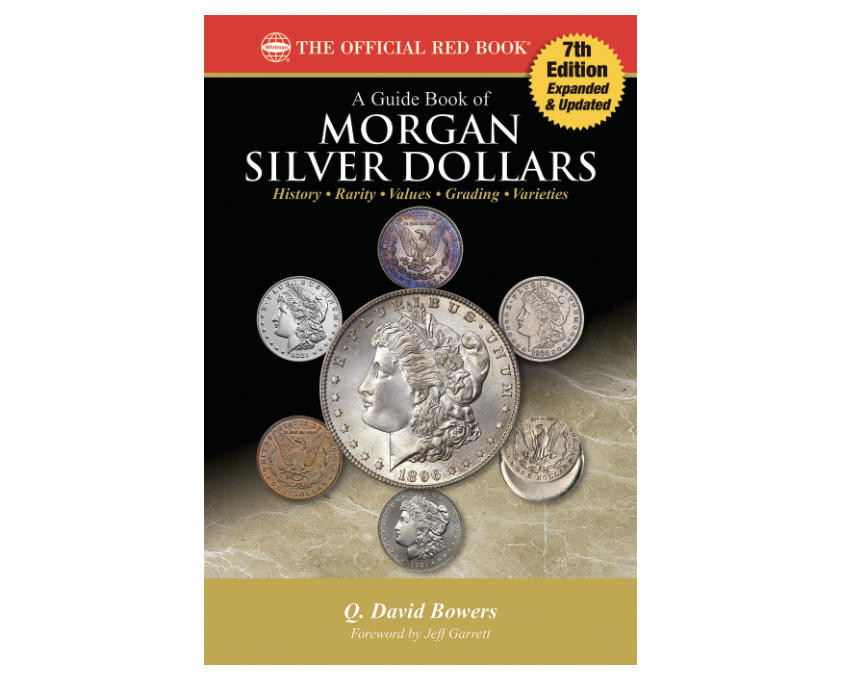1/2 Reichstaler 1621,
under Wilhelm V of Hesse-Kassel as administrator.
Condition: ef+


city of Besançon,
3 Pistols 1666 with title Charles V.
Condition: CH UNC

Bavaria, Chaise d'or (imperial shield)
1328-1347 under Emperor Louis IV.
Condition: ef

Reichstaler 1654-1668
under Count Guidobald von Thun.
Condition: vf-ef

Solidus (491-518)
under Anastasius the righteous.
Condition: vf-ef

Archive: People and Markets
New Security Standards for the World Money Fair
The personalization of tickets has become standard at many events. Starting in 2025, visitors to the World Money Fair will be required to provide their personal data when purchasing tickets.
Q. David Bowers’s New Guide Book of Morgan Silver Dollars
The Morgan Dollars are among the most famous and highly collectible US coins. Dennis Tucker discusses the new 7th edition of Q. David Bowers Guide Book and what makes these coins so fascinating.
Archive: Coins, Medals and more

Bulgaria, Prince Ferdinand I and the Railroad
One of the highlights of Künker’s auction 395 is a spectacular gold medal with a weight of 110 ductats. It was the personal property of Prince Ferdinand I. of Bulgaria. This medal takes us back into a period when Bulgaria modernized its economy. And the railroad system played a major role in this.

The Birth of the Krugerrand
The South African Krugerrand is the world’s oldest bullion coin. When it was first minted in 1967, the concept of producing a coin that matched the weight of an investment unit – one ounce – was both new and innovative. Learn more about the economic background and the meaning of its design here.















CIT’s Iron Maiden – Piece of Mind
Again CIT pays tribute to the British heavy metal band Iron Maiden. In 2023, CIT’s coin is dedicated to the band’s fourth studio album “Piece of Mind”.
Giant’s Causeway: A Natural Wonder at Risk – Because of Coins?
One of Britain’s most iconic natural landmarks is under threat – because tourists are decorating the famous basalt columns of the Giant’s Causeway with coins. What may seem like a well-meaning gesture is now causing increasing damage to the geologically unique rock formation.